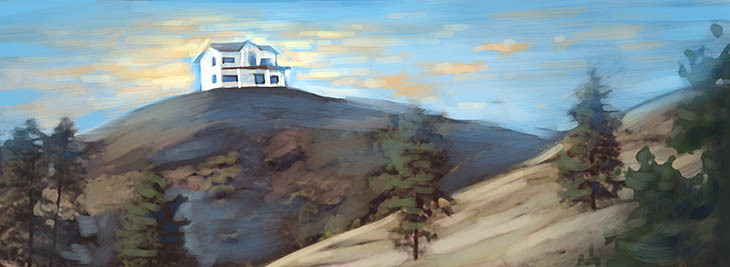This lightly edited article was originally published at the defunct Insight blog at Skeptic.com on May 24, 2015. An archived version is available here.
In a post last year called “The Forgetfulness of Skepticism,” I discussed one of the difficulties that skeptics face as a result of our small community and very broad subject area:
Generations of skeptics have devoted themselves to understanding paranormal and pseudoscientific claims, beliefs, and impostures. But even with those efforts, the fringe has remained radically under-examinded. Because this realm is so vast while the scholars and activists interested in exploring it are so few, our work has often had something of a scrambling quality. In our rush, skeptics have tended to neglect, or at least to set aside for some future time, some of the improvements of better-established fields.
Many other fields benefit from the attention of historical, theoretical, and philosophical spin-off disciplines. Consider, for example, art history, English literature, medical ethics, or philosophy of science. Skeptics, by contrast, are caught in a kind of perpetual startup culture. With so many urgent triage priorities, the considerable task of recording, maintaining, and passing down legacy knowledge becomes a “nice to have”—a luxury for further down the road. As a result, we tend not to remember very well. Read more

 Robert Heinlein’s classic 1961 sci-fi novel Stranger in a Strange Land includes a passage I’ve often thought of as a parable for scientific skepticism.
Robert Heinlein’s classic 1961 sci-fi novel Stranger in a Strange Land includes a passage I’ve often thought of as a parable for scientific skepticism.